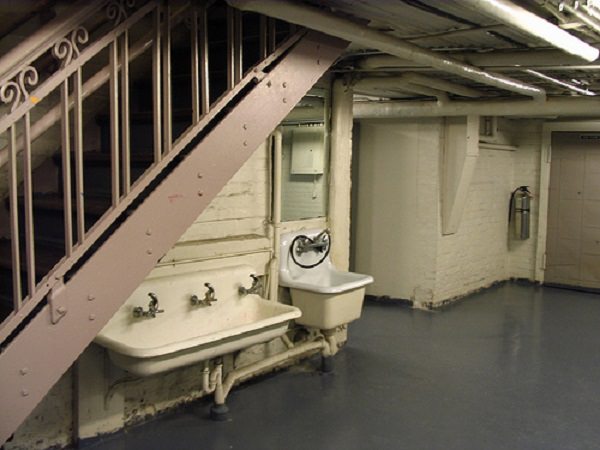Have Questions? Call: (416) 840-2680
REQUEST A QUOTE




Your basement forms the foundation of your whole house and the structure therefore needs to be stable all the time. Apart from the fact that you need to use reinforced material when constructing this part of the house, it is also important that you do regular inspections to ensure that any faults are detected early. A professional home inspector will be able to thoroughly check the integrity of the building and alert you if any thing needs to be done. Most repair works on the foundation of the house will be better handled by an experienced individual but there are those that you can manage to work out on your own. If you want to waterproof your basement for instance, you can follow these simple straight forward steps:
1. You need to first identify the source of wetness before you can begin any work on the various parts of he basement. An easy way to do this is to dedicate a couple of days to observing how your wall behaves to the foil taped onto it. When the foil is attached inside the walls of the foundation block for a few days, it has the ability to trap moisture on the surface that comes into contact with the wall. You can ensure that you do a thorough job by having one piece of foil in the inside and another on the outside. The reason for doing this is so that you can make any repairs without having to go back to work on the same thing some time later.
2. The next thing you need to check for is whether rain water or any other type of flowing water flows into the walls or into a drainage system. Since the walls are made of cement as one of the components, it is likely to sip in water at the slightest contact. Your target should be to get as little water as possible seeping into the wall. The use of gutters and downspouts is an effective way of draining water away from walls and into the correct channels.
3. You also need to check joints in the wall and floor panels because these are the common areas where seepage and leakages do occur. If there is a visible crack, the only remedy is to fill it before it becomes any bigger. Just make an inverted 'V' shape into the crack and fill it up with hydraulic cement. In addition to preventing further corrosion by water, this cement also helps to absorb any excess water from the surrounding blocks of building materials.
4. The final step to a leakage repair is to ensure that you take a step to prevent any future damage due to water. Painting is a good way to protect any joint you have newly created because it provides a waterproof coat over the work you have just completed. The only precaution to observe is to ensure that the area you have worked on is completely dry before any paint goes over it.
Basement Bro has a solution for all basement problems. We are ready to help you increase the value of your home by perfecting your basement space. Contact us today; we will be pleased to work with you!